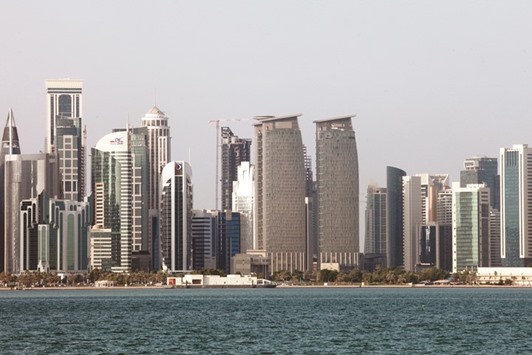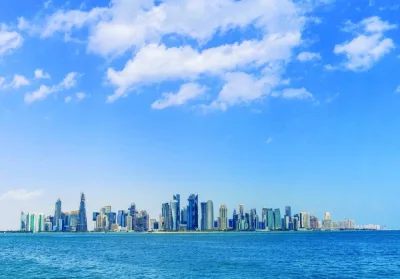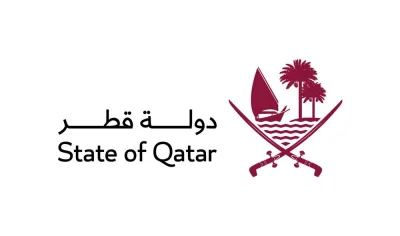Qatar’s real (inflation-adjusted) per capita economic growth trend, is “strongly negative”; even as huge infrastructure investment will support the overall growth over 2016-2019, according to Standard & Poor’s (S&P), a global credit rating agency.
Finding that Qatar’s population expanded 9% in 2015 on the back of infrastructure projects; S&P said “our real GDP (gross domestic product) growth projections reflect these developments, with public sector capital investment contributing significantly to growth under Qatar’s $125bn infrastructure investment programme.”
It expects Qatar’s economy to grow by about 4% during 2016-2019, in line with the pace of growth over the last four years. Population growth is slated to slow over 2016-2019 as projects are completed.
Factoring in re-based GDP data (2004-13) and updated population data, S&P said it resulted in a slight downward GDP per capita trend, which, because of very high population growth, is “strongly negative.”
On hydrocarbon sector, S&P expects new production and refining facilities coming online over the next couple of years would support manufacturing activity; but do not expect a step change in production, and the oil sector will likely remain at broadly similar levels of output, albeit with some increase in gas output expected from 2017.
The moratorium on new projects in Qatar’s North Field will continue and will be reviewed only once gas prices begin to recover in the medium term, S&P said, adding medium and long term challenges to Qatar’s competitive position in the LNG (liquefied natural gas) market are likely to come from new shale production, Russia’s gas pipeline to China, and increased pressure to delink LNG contracts from the price of oil.
“Nevertheless, Qatar has one of the lowest costs of natural gas production, $1.6 to $2 per million British Thermal Units, and so we expect state-owned Qatar Petroleum (QP) — responsible for all phases of the oil and gas industry in Qatar — to remain profitable,” it said.
Highlighting that in January 2016, the renegotiation of RasGas’ (Qatar’s second biggest LNG producer) contract with Petronet LNG (India’s biggest gas importer) at almost 50% discount; it said existing LNG buyers committed to long-term contracts and other potential buyers may try to renegotiate in an environment of persistently low prices.
Falling oil and gas prices and the government’s public investment have led to a deterioration of fiscal balance, beginning in 2014, it said, expecting Qatar to show a deficit of about 5% of GDP in 2016-2019; but capital spending will likely continue to slightly increase as infrastructure projects advance.
Projecting a further decline in hydrocarbon income; S&P said it expects Qatar to finance fiscal deficits through debt (domestic and global markets), rather than drawing upon Qatar Investment Authority’s assets. Qatar issued $9bn of eurobonds in May 2016.
“Consequently, we expect that gross debt will increase to nearly 50% of GDP over the next few years, but actually decline on a net basis. This is because we expect investment returns on Qatar’s substantial assets (which we base on various global indices’ performance) to improve in 2016, above the accumulation of new debt,” it said.
Qatar’s investment focuses on infrastructure, education, and health, and hence the majority of these projects are expected to be completed ahead of the 2022 FIFA World Cup, it said, adding alongside government investments, public and private sectors spending are likely to be largely funded by domestic financial institutions.
“This may cause banks’ net external liability positions to widen and their loan-to-deposit ratios to rise, as we expect deposit growth in the Qatari banking system to continue decelerating due to low hydrocarbon prices,” it said, observing that the ratio of domestic credit to total deposits was 127% at the end of the second quarter of 2016, up from 117% at year-end 2015.

City skyscrapers stand on the skyline in Doha. S&P expects Qatar’s economy to grow by about 4% during 2016-2019, in line with the pace of growth over the last four years.


